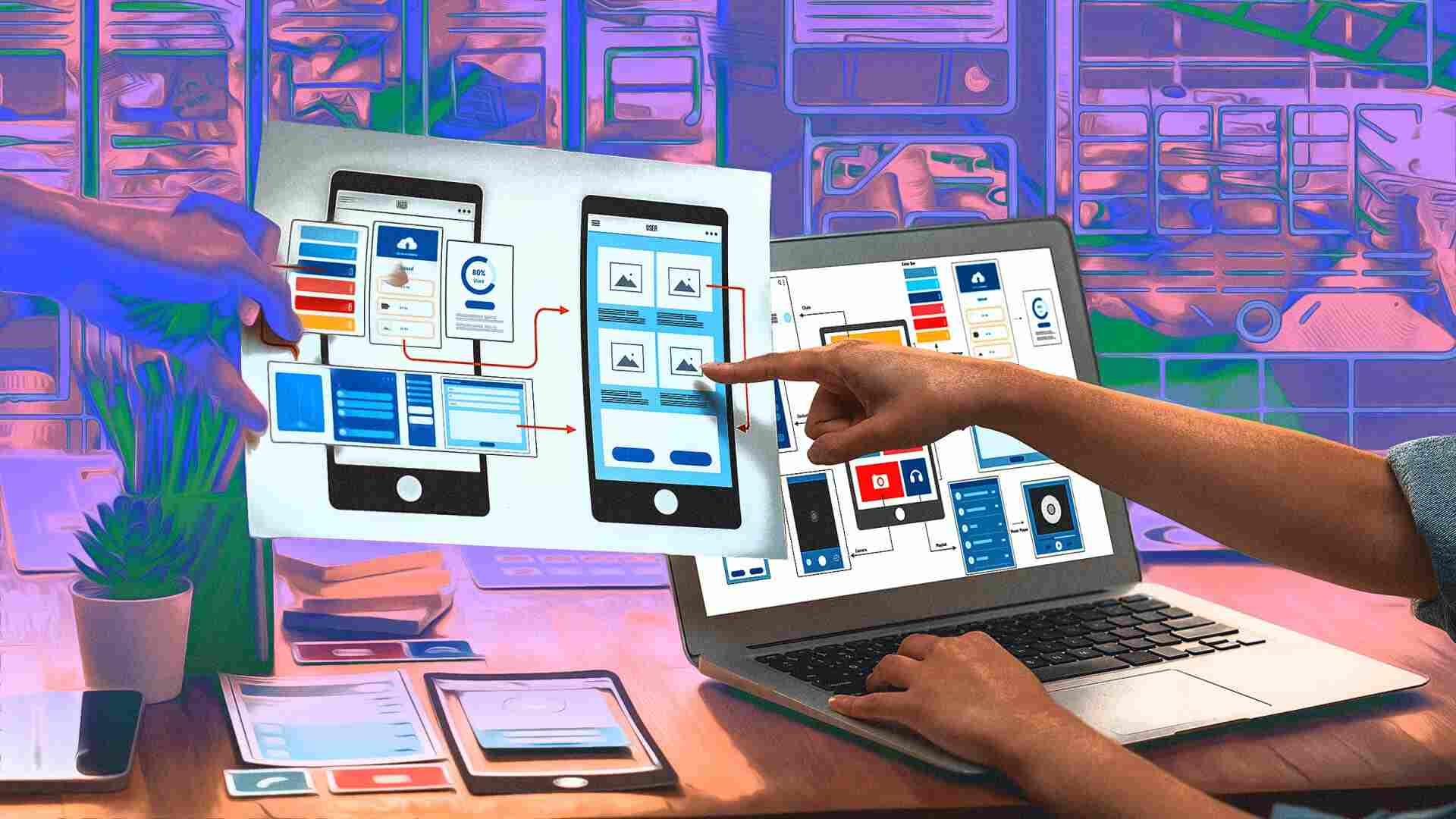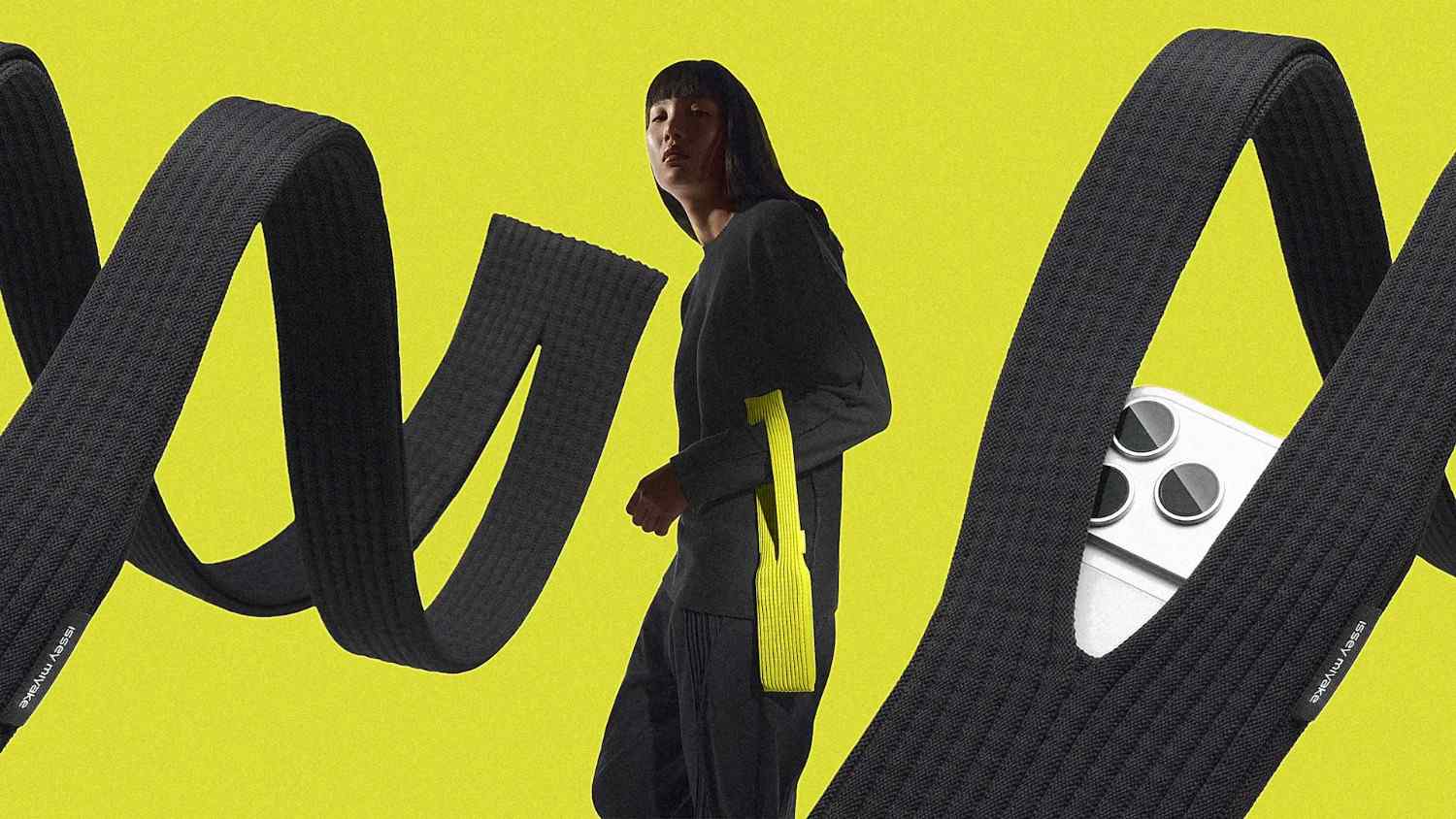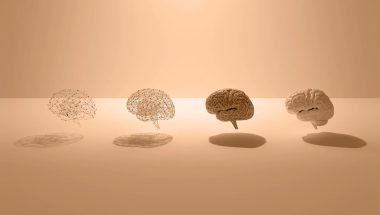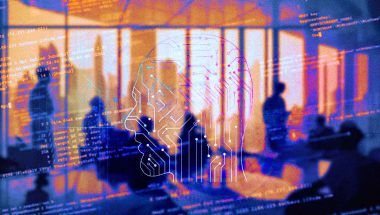- | 8:00 am
What product designers need to do to work effectively with AI
Product designers can drive the creation of more human-centric processes, practices, and metrics that will guide how emerging AI technologies and solutions will influence the world around us.

Generative AI solutions are driving innovation at two main levels in product design. First, they are changing how dynamic customer experiences can be created, and these powerful technologies are changing how customer experiences are and will be designed and developed.
To effectively shape the future of product design, designers need to find answers to the following vital questions:
- What are the concrete benefits and advantages that AI augmentation brings to product design?
- How should new AI design tools be integrated into existing workflows, and what kind of new skills and practices are required for their effective use?
- How can product design concretely affect the development of new AI-powered tooling and experiences?
HOW AN AI-ASSISTED DESIGNER MIGHT WORK
A senior product designer gets a notification from the UI design assistant that goes internally by “Mele.” They jump on their collaborative workspace to go through the UI designs and their newly generated variations for the upcoming feature update spanning different platforms and markets.
The designer checks the key user interface configuration parameters and quality assurance coverage, as these modular customer interfaces will be dynamically modified for each platform based on specific customer segments and real-time behavioral patterns. They also check the content metrics. It seems that the AI-generated content covers various niches in a balanced way and thus helps the team to have a realistic understanding of the engagement predictions.
With the basics in place, the designer asks the product analyst AI assistant, leveraging synthetic customer data, to compute predictions about the overall stickiness of the experience for evaluating the variations of the UI solution.
After getting the preliminary analysis, the product designer selects a set of UIs with relevant generated content and sets up a meeting with a user researcher and data scientist to discuss how to get more detailed customer insights to evaluate the user interface parameters and related optimization goals for AI models. They will also be catching up with product marketing to double-check that Mele has access to the latest entry point data and marketing content, thus taking into account the whole customer journey and not just optimizing for the in-experience patterns.
The product designer is also thinking, what would the actual customer feel in using the updated experience? What kind of emotions would it surface for them, and how does the experience affect their life? Are there any real-life edge cases for interaction flows that are missing due to inadequate data or inaccurate interpretation?
UNDERSTANDING HUMAN REALITIES
Today’s generative AI systems do not understand the consequences of their output to people’s lives or the world around them. This understanding will be improving over time, but it will be challenging for any AI model to truly “step outside of itself” soon to see how a particular content (e.g., text, image, visualization, or video), recommendation, layout, or experience is used in the real world. Neither can it fully (or rather at all) grasp what kind of consequences its output has for individuals and their environment.
Today’s most advanced AI tools also lack any real emotional intelligence and related understanding of our messy corporeal human realities. And this will hold for the foreseeable future. Human emotions emerge from complex interactions: Real life is full of “uncomputable” surprises, and nuanced cultural, social, and behavioral conventions affecting how we think and act.
While generated “synthetic data” might be useful to predict customer behavior to understand some general dynamics, product design dives deep into the details of human behavior through qualitative observations. These observations are key for allowing designers to assess and understand experiences and related quantitative data from the real customer perspective.
Product designers, now and in the future, are putting AI-generated content, designs, and experiences in their appropriate roles and contexts in people’s activities and lives. One of the most powerful things for a product designer is to use a variety of already existing empathizing methods, from innovation discovery frameworks to customer interviews, to deeply understand the customer’s mental models, needs, intentions, and contexts.
As AIs are used to create and power various customer-facing experiences, understanding human psychology as well as human physiology becomes an even more important aspect of product design. Using this knowledge is essential—from early ideation to gathering learnings from the prototypes—in assessing how real customers concretely connect with a product or an experience. Product design will play a critical role in finding the pivotal balance between optimizing business impact without risking customer well-being.
HUMAN-CENTRIC DESIGN: INCLUSIVITY, DIVERSITY, AND VARIETY
Present-day AI systems don’t autonomously know if they are biased, nor are they aware if they’re creating experiences that aren’t accessible or inclusive. Similarly, today’s AI system can generate an unprecedented amount of content without understanding that it is completely untrue or seriously partisan.
Checking data biases or accessibility requirements will over time become more and more automated (e.g., AI’s overseeing and steering other AIs). Still, even in the foreseeable future, there won’t be (and will never be) a data set that contains every aspect of individual human lives in all their richness and dimensions.
Product design is the guardian of diversity and inclusion ensuring that the experiences aren’t biased or skewed by design or data or rendered inaccessible due to an ineffective model or regression in the AI-powered customer experience. Similarly, product design can create deep understanding and solutions that ensure that AI-created content isn’t unbalanced or one-sided.
Product designers should drive the development of meaningful guidelines and tools that enable the mitigation of data biases and inadequacies in the machine learning models. To excel in this, designers need a deep understanding of AI systems and machine learning methods with enhanced skills in collaborating with other job disciplines such as data scientists and business experts to shape their design and development.
CONSCIOUSLY DEVELOP AI-AUGMENTED DESIGN SKILLS AND PRACTICES
Product designers should proactively explore AI-powered design tooling from basics such as ChatGPT, Co-Pilot, and Figma plug-ins to specific tools such as Midjourney, Galileo AI, and Balsamiq to mention just a few (new ones are popping up like mushrooms). By leveraging these tools, they should be able to further develop AI-augmented design practices and facilitation methods that empower teams to leverage tooling in which user interface details, visual design, prompting, and data visualizations come seamlessly together with AI-generated options and content.
CREATE A HOLISTIC STRUCTURED UNDERSTANDING OF HUMAN BEHAVIORS AND THEIR CONTEXTS THAT CAN BE USED TO INSTRUCT AND GUIDE AI
Product designers should double down on developing and leveraging methodological human-centric empathizing methods. Deeply understanding the full spectrum of human thinking and behavior will require consciously developing skills and knowledge about human psychology as well as physiology. Importantly, to scale this approach with AI, this understanding of human behavior should be turned into computable design frameworks and guidelines, that can then be used to prompt, steer, and guide AI models that are powering the creation of content and experiences alike.
DESIGN TOOLING TO UNDERSTAND THE QUALITY OF DATA, MODELS, AND AI-POWERED EXPERIENCES
Product designers should take an active role in designing and creating AI-powered (human-in-the-loop) tooling that can be used to understand the quality of the AI-generated content and experiences. These tools should enable them and cross-functional teams to detect data biases and recognize non-desirable customer experiences at scale. With this, product design should participate in developing relevant customer-centric metrics that allow teams, for example, to better understand the content variety and the diversity of AI-generated experiences.
DRIVE MULTIDISCIPLINARY APPROACH
Product designers should use their superpowers to drive the facilitation and development of scalable multidisciplinary ways of working. The goal should be to empower teams and organizations to bring various experts, from data scientists and designers to psychologists, prompt engineers, and business experts, together for effective collaboration.
As the pace of design and development accelerates, effective cross-functional collaboration will be critical for succeeding teams and organizations. Similarly, as the future is designed and built faster, to make conscious design choices, it becomes critical for product designers to be able to leverage scenario-based thinking to concretely map potential, probable, and desirable outcomes of different design and development choices together with other experts.
EMPOWER VALUE-DRIVEN CONVERSATIONS TO DRIVE ETHICAL AND SUSTAINABLE DECISIONS
AI systems have a limited power to understand pivotal “Why?” questions. Why are we building this? Why does this matter? Is this the right thing to do or pursue?
For the better of our planet and humanity, they should be able to raise and tackle ethical considerations proactively. With a conscious value-driven design approach, they can help find concrete answers to hairy, real-world dilemmas. For example, how do we balance business interests with customer well-being or the environmental effects of a given design direction? What are the most impactful solutions, not just from the point of view of a single organization, but at a societal level?
Soon, when human product designers are fluidly working alongside designer AIs, the role of product designer will be expanding into areas in which design craft is intertwined with AI craft, leading to emerging new roles such as AI designer. There will be a time when the meaningful borders between human and machine intelligence and human and machine agency will start to disappear. There won’t be a need to make a distinction between human and AI product design.
The foundations of tomorrow’s product design are built today. Rather than standing on the sidelines, product designers can proactively shape the processes of how generative AI tools and experiences are designed, built, and applied. Product designers can drive the creation of more human-centric processes, practices, and metrics that will guide how emerging AI technologies and solutions will influence the world around us.








































